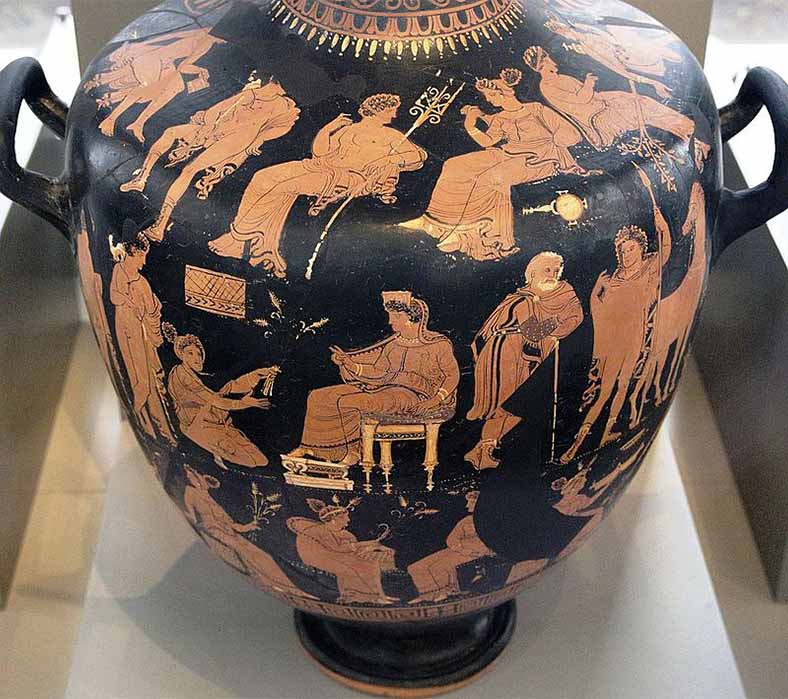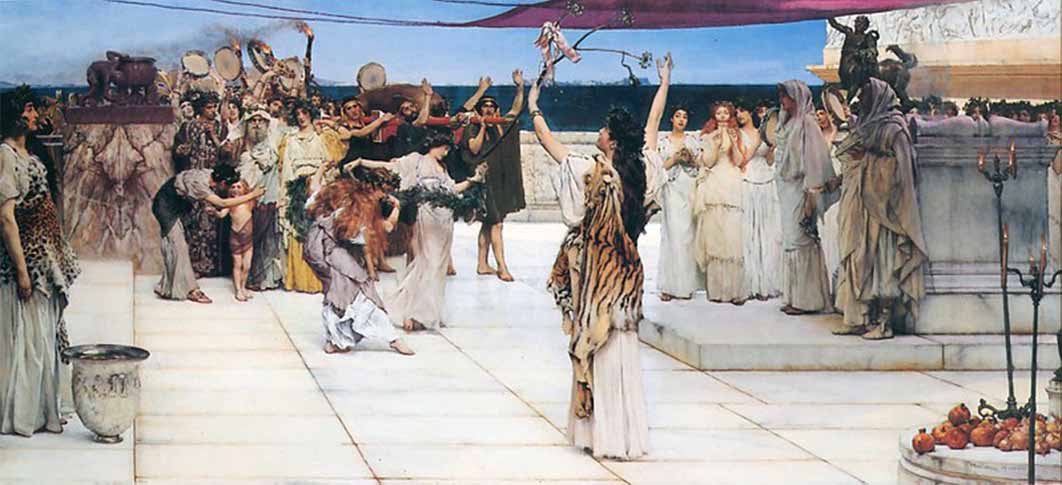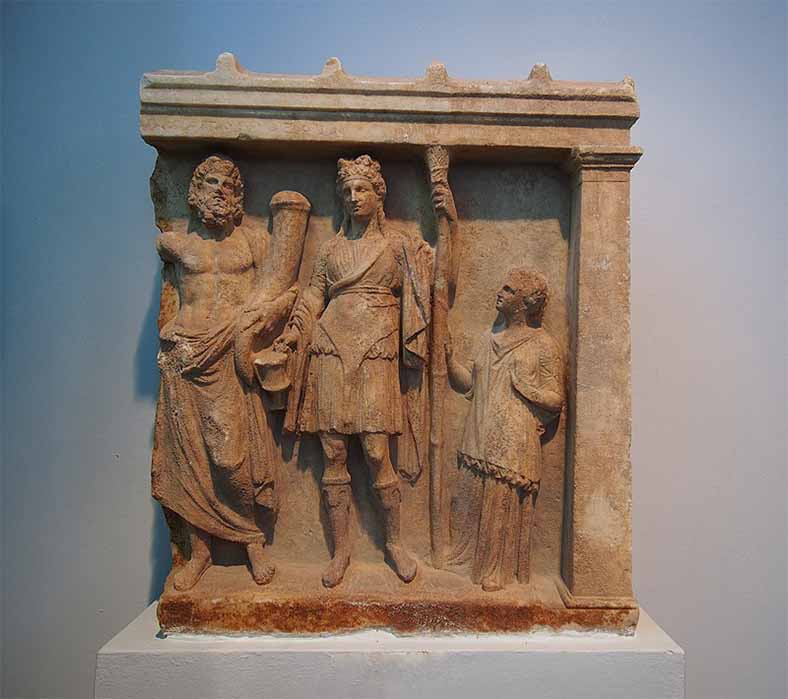
The Original Meaning Of The Mysteries Of The Ancient World
For probably over 2,000 years in antiquity, mystery rites were celebrated in many different cities stretching from parts of Europe and Africa all the way to India. There were many variations to the rituals and explanations for their meaning. But the use of ‘mysteries’, in this context, is a translation from “muein,” which specifically had to do with secrets, that were shared only with initiates (mystai). A variant of these rites took place under one tradition as the Orphic Mysteries near Athens - Orpheus descended and returned from the Underworld. Orpheus’ death in this myth was seen as an allegory for peaceful societies inevitably succumbing to barbarism. Under another tradition, also near Athens, the Eleusinian Mysteries were practiced. The island of Crete had a rites celebration that was anciently attributed to being the origin of the Greek mysteries and was not secretive like many of the others; in Mesopotamia there were the rites of Zoë and Bios; in Egypt and Crete rites centered around a great mother and her son-lover, and as far away as India there was a similar ceremony of the Sivite women. The secret known only to the initiates in some cases, was said to be the identity of Persephone, while in another case it could have referred to the goddess Persephone’s association with pomegranates, as she was often depicted holding them. The many variations of the rituals and their associated myths make it difficult to establish the original meaning of the rituals, but many clues were left behind.

Hydria/ Jug by the Varrese Painter (c. 340 BC) depicting Eleusinian scenes (Public Domain)
The Thesmophoria
An ancient, significant, and widespread example of the mystery rites was a ceremony called Thesmophoria. The word ‘Thesmophoria’ implies the ‘giving of law,’ and indicates that the rites were a celebration of the founding of law, order and civilization. The general, common explanations for the rites center the ritual on the myth of a goddess, who is referred to by many different names or titles, even within a single locale. The general name given is Persephone, who according to myth, was said to have been abducted, or raped, by a male god, who is also given many different names or titles, but the general name used is Hades. In many cases, the myth contains two goddesses who represent mother and daughter, but it is believed that they originated from one goddess who were modelled as two personas portraying separate attributes of the same goddess.
The myth regarding Persephone tells that she was the daughter of the goddess Demeter, who went missing. Demeter, goddess of the harvest and agriculture, searched the land looking for Persephone, neglecting her duties in presiding over grains and the fertility of the earth. Eventually she came to the city of Eleusis. Persephone was said to have been abducted, or raped, by Hades, after he had emerged from the open ground and had taken her to be his wife in the Underworld. When Demeter discovered Persephone had been abducted, she had sufficient authority as a goddess to demand that Zeus have Persephone returned from Hades. Hades had a ruling that anyone who ate food in the Underworld had to remain there. Persephone had eaten six pomegranate seeds. A compromise was made between Zeus and his brother Hades that allowed Persephone to spend half the year with Hades in the Underworld and half the year with the Olympians.

A dedication to Dionysus by Lawrence Alma-Tadema. Notice the pomegranates on the table. (1889) (Public Domain)
Who Was The God Of The Underworld?
Dionysus – traditionally regarded as the god of wine – shares a chthonic aspect with Hades and in this sense, Dionysus has the moniker of Zagreus. Aeschylus, the ancient Greek tragedian, linked Zagreus with Hades, as either Hades' son or Hades himself. Zagreus, originally, perhaps, the son of Hades and Persephone, later merged with the Orphic Dionysus, the son of Zeus and Persephone. The fifth–fourth century BC philosopher Heraclitus, also declared that Hades and Dionysus, the very essence of indestructible life (zoë), are the same god. Therefore, in some literature, the god that abducted Persephone is often interchanged with Hades or Dionysus.
- Thesmophoria: Feminine Consciousness in Ancient Greece
- The Eleusinian Mysteries: Demeter’s Secret And Sacred Rites
- Initiation to Secrecy: Unravelling the Truth Behind Mystery Schools
Demeter refused to drink wine as it would be against themis (good council) since wine was the drink of Hades/Dionysus, the one who raped Persephone. Instead, a mix of barley, water, and mint, called kykeon, was made and consumed during the Eleusinian ritual. It has been posited that the barley used in the Eleusinian kykeon was parasitized by ergot, and that the LSD-like psychedelic alkaloids of that fungus triggered the intense experiences alluded to by the participants at Eleusis.





